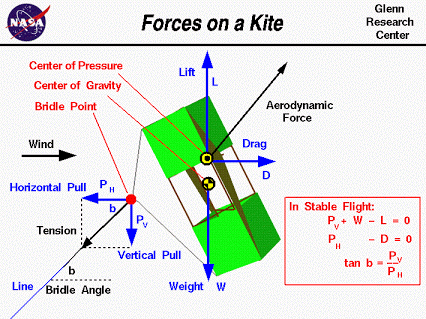Teaching with Kites – How I use kites to teach and make people happy at the same time
|
Kite making and flying is a fun way to teach almost anything. Science, math, art, history, kites have been a part of the human story. Lesson plans developed by teachers, and STEM (Science, Technology, Engineering and Mathematics) Programs are readily available on-line.
Lesson plans developed by teachers, and STEM (Science, Technology, Engineering and Mathematics) Programs are readily available on-line.
|
 |
A Bit of World Kite History:
 |
Earliest kites date back to 9.000 to 9,500 BC., the Mesolithic period. Read more about the cave drawings in Indonesia. Throughout history kites have been used for scientific study, play, and even in war dating as far back as the Chinese Han Dynasty, 206- 220 AD.
At the turn of the 19th century, many countries such as; Russia, USA, France, Australia and Germany were competing for the best kite/vehicle for atmospheric research. This led to the development of several famous kites, such as the Hargrave box kite from Australia, and the Cody kite from England, made by American, Samuel Franklin Cody. This research led to the development of the airplane.
|
Currently, researchers around the word are studying kites to create wind power energy!
 |
Kites are gender neutral.
However, ethnic and cultural differences can easily be noted. Kites are the product of the local environmental conditions, such as kite making materials and common wind conditions.
Kites are a connection to the wind and sky. This connection comes with the universal kite flyer’s smile.
|
|
Free kite plans including those found in this document “Kites In the Classroom” cover the: who, what, when, where and how of basic kite teaching and tested kites that fly.
Kite making materials are all around you from paper to plastic bags, straws to bamboo. Most of these items can be obtained for free.
Sometimes just getting started with the art may be the hardest part of kite making. Whether you are working with kids or adults.
Most kites are made with materials that are semi-translucent, so tracing is an option.
|

Coloring books offer a ready-made source of clip art. It’s also an easy way to direct the art theme.
|
 |
In this class, we are making the Dermer Sled kite. It is my personal favorite kite to teach to children. It’s small and fits easily on school desk. It is easy to decorate, easy to make. It will also fly in most winds. You can even fly this kite indoors. It teaches the basics of kite making; balance, use of tape, measuring and knot tying.
Making kites that really fly causes happiness. When you fly a kite that you make, you see it in the sky flying above, you can feel the kite and the wind in you hands. It will cause you to smile and to feel happy.
|